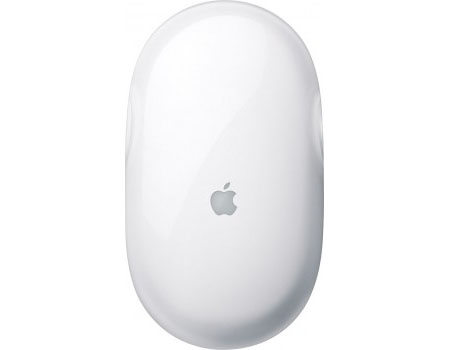Thanks to the Browser for pointing me in the direction of Evgeny Morozov’s long New Republic consideration of Walter Isaacson’s Steve Jobs bio. The article, largely critical of Isaacson’s work, also devotes space to how much Jobs was influenced by Bauhaus and Braun designs. An excerpt:
“I DO NOT MEAN to be pedantic. The question of essence and form, of purity and design, may seem abstract and obscure, but it lies at the heart of the Apple ethos. Apple’s metaphysics, as it might be called, did not originate in religion, but rather in architecture and design. It’s these two disciplines that supplied Jobs with his intellectual ambition. John Sculley, Apple’s former CEO, who ousted Jobs from his own company in the mid-1980s, maintained that ‘everything at Apple can be best understood through the lens of designing.’ You cannot grasp how Apple thinks about the world—and about its own role in the world—without engaging with its design philosophy.
Isaacson gets closer to the heart of the matter when he discusses Jobs’s interest in the Bauhaus, as well as his and Ive’s obsession with Braun, but he does not push this line of inquiry far enough. Nor does he ask an obvious philosophical question: since essences do not drop from the sky, where do they come from? How can a non-existent product—say, the iPad—have an essence that can be discovered and then implemented in form? Is the iPad’s essence something that was dreamed up by Jobs and Ive, or does it exist independently of them in some kind of empyrean that they—by training or by visionary intuition—uniquely inhabit?
The idea that the form of a product should correspond to its essence does not simply mean that products should be designed with their intended use in mind. That a knife needs to be sharp so as to cut things is a non-controversial point accepted by most designers. The notion of essence as invoked by Jobs and Ive is more interesting and significant—more intellectually ambitious—because it is linked to the ideal of purity. No matter how trivial the object, there is nothing trivial about the pursuit of perfection. On closer analysis, the testimonies of both Jobs and Ive suggest that they did see essences existing independently of the designer—a position that is hard for a modern secular mind to accept, because it is, if not religious, then, as I say, startlingly Platonic.
This is where Apple’s intellectual patrimony—which spans the Bauhaus, its postwar successor in the Ulm School of Design, and Braun (Ulm’s closest collaborator in the corporate world)—comes into play. Those modernist institutions proclaimed and practiced an aesthetic of minimalism, and tried to strip their products of superfluous content and ornament (though not without internal disagreements over how to define the superfluous). All of them sought to marry technology to the arts. Jobs’s rhetorical attempt to present Apple as a company that bridges the worlds of technology and liberal arts was a Californian reiteration of the Bauhaus’s call to unite technology and the arts. As Walter Gropius, the founder of the Bauhaus, declared, ‘Art and technology—a new unity.'”
Tags: Evgeny Morozov, Steve Jobs, Walter Isaacson


